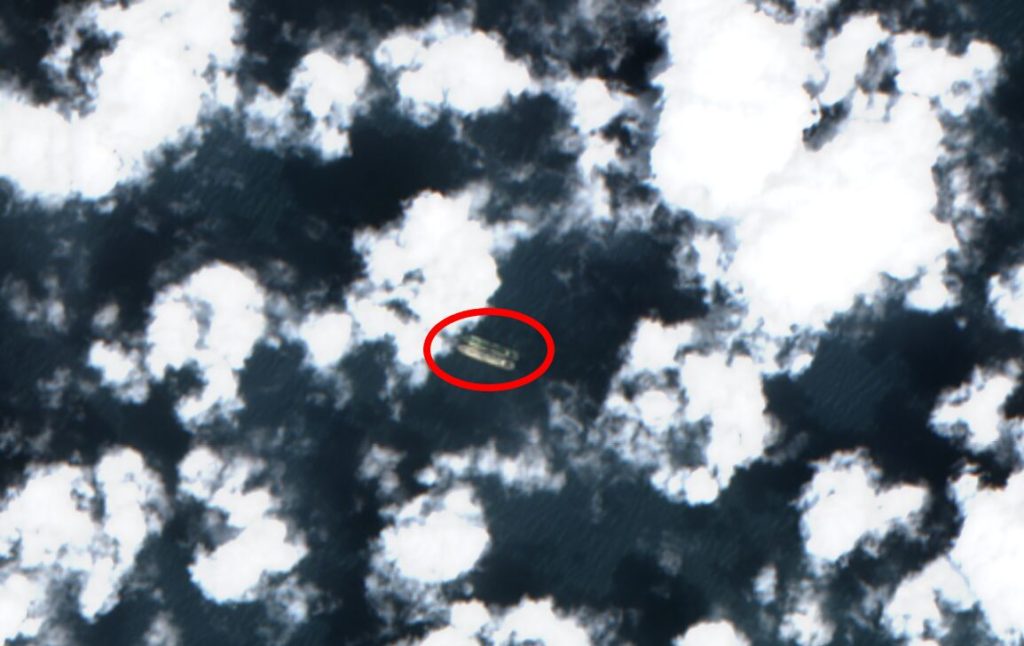A sanctioned liquefied natural gas tanker, the Pioneer, is transferring its cargo to another ship in the Mediterranean Sea, in an effort by Russia to circumvent US sanctions. The Pioneer is currently anchored next to the New Energy, a vessel that is not subject to restrictions, according to satellite images. This transfer is a rare method for natural gas, and it is the first shipment from Russia’s Arctic LNG 2 export plant, which was sanctioned by the US last year. In response to US actions, Moscow is developing a shadow fleet of LNG tankers similar to how it did for crude oil and products.
Last week, the US imposed restrictions on seven LNG carriers linked to Russia, including the Pioneer and Ocean Speedstar Solutions, managed by India-based Plio Energy Cargo Shipping. The New Energy has been managed by Plio since June and was previously suspected to be part of the shadow fleet due to its opaque ownership. Plio Energy was incorporated in June according to India’s Ministry of Corporate Affairs. The intentions of the New Energy once the transfer is complete remain unclear, but it may head through the Suez Canal to Asia, where there could be willing buyers of the Russian gas. Vessels carrying sanctioned energy often hide their location by switching off or manipulating their automatic identification systems.
This development marks Moscow’s continued efforts to navigate around US sanctions, particularly in the energy sector. Russia has been facing a series of sanctions from the US, prompting Moscow to find alternative ways to export its resources. This includes the development of a shadow fleet of LNG tankers, mirroring a tactic previously used for crude oil and products. The US is implementing restrictions on LNG carriers linked to Russia in an attempt to limit Moscow’s ability to export its energy resources, leading to maneuvers like the ship-to-ship transfer observed in the Mediterranean Sea.
The sanctions on the Pioneer and other LNG carriers are part of the US government’s broader efforts to target tools and resources used by Moscow to bypass sanctions. The restrictions on these vessels are aimed at disrupting Russia’s ability to export its natural gas and other energy resources, hitting at a key source of revenue for the country. The US is increasingly targeting Russia’s energy sector as a means of applying pressure on Moscow, seeking to limit its ability to generate income and access foreign markets. The use of sanctions on LNG tankers reflects the ongoing tensions between the US and Russia, particularly in the realm of energy exports.
The transfer of cargo from the Pioneer to the New Energy demonstrates the lengths to which Moscow is willing to go to bypass US actions and continue its energy exports. By utilizing ship-to-ship transfers and developing a shadow fleet of LNG tankers, Russia is actively working to counter US sanctions and maintain its position as a major player in the global energy market. The implications of these tactics extend beyond the immediate transfer of LNG cargo, impacting the broader geopolitical dynamics between the US and Russia. As Moscow navigates the challenges of US sanctions, the energy sector remains a focal point in the ongoing power struggle between the two countries.


